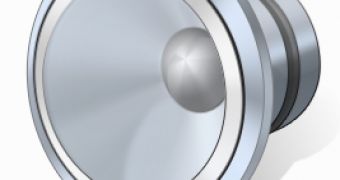Uninstalling and reinstalling inbox audio driver repeatedly on Windows 7 or Windows Vista might not be the best thing to do, as Microsoft has warned that users could leave their platforms incapable of playing audio. The Redmond company does not specify the exact number uninstalls/reinstalls needed for some DirectSound output to be rendered unable to play audio, but apparently, just several such actions are sufficient.
Here is the scenario described by the software giant: “You use software to render/play audio via the DirectSound API (for example: DDK tool Graph Edit). On Vista or Windows 7, via a driver testing tool (or manually) you uninstall and then reinstall audio drivers such as "High Definition Audio Device" (HDAudio) several times. You attempt to render/play the audio stream again to a non-default DirectSound device (for example - DirectSound:Speakers as opposed to Default DirectSound device).”
Provided that users managed to reproduce the situation exemplified above, Microsoft indicates that no audio will be produced as a result of the stream leveraging a non-default DirectSound device for rendering. In addition, Vista and Windows 7 customers will receive the following error message: "These filters cannot agree on a connection. Verify type compatibility of input pin and output pin. Cannot play back the audio stream: no audio hardware is available, or the hardware is not responding. (Return code:0x80040256)."
Microsoft explains that the problem is associated with DirectSound leveraging an internal store in order to monitor audio hardware. As the internal store can become unsynchronized with the Windows Audio stack, customers will experience the issue described in this article.
Fortunately enough, Microsoft already has a workaround in place: “To work around this issue, you can clean up the internal store DirectSound uses to store audio device information. The store will be recreated when an application uses DirectSound again. The following keys and all subkeys can be safely removed to resolve the issue: HKEY_CURRENT_USER\Software\Microsoft\ActiveMovie; HKEY_CURRENT_USER\Software\Microsoft\Multimedia\ActiveMovie.”

 14 DAY TRIAL //
14 DAY TRIAL //